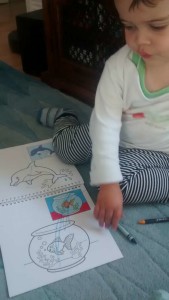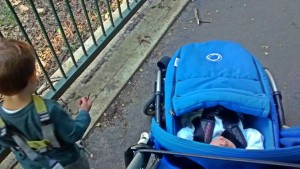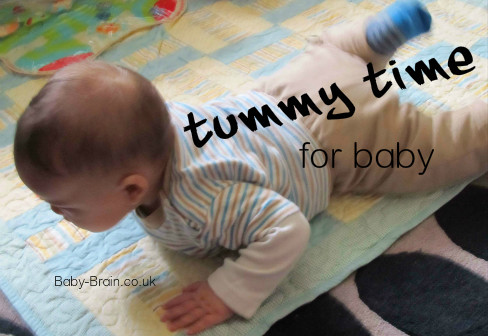 …
…
Tummy Time (TT) is important in that long road toward crawling and eventually walking. It involves baby working their muscles, coordination skills and learning to push up, sit up, roll over and other gross motor skills. It’s therefore important to give babies time on their tummy.
Since the Back To Sleep campaign (babies to sleep on their backs), babies were apparently getting less “tummy time” during the day, leading to some delays in reaching important developmental milestones such as crawling (according to this article from the BBC on the importance of Tummy Time for babies and their development). These children did catch up, however.
Some babies can really dislike tummy time, however. I found some tips on this site from a paediatric occupational therapist
– 7 tips for making tummy time a little less miserable, if TT needs some encouragement.
-
It writes about 7 steps to independent TT, starting each step a few times a day for a few minutes while progressing up the steps. It’s also a good idea not to do TT too soon after a meal otherwise there might be a bit of spit up.
-
The Little Lovely (LL) didn’t really mind TT, although in the first few months he could only tolerate a short amount of time on his tummy before making frustrated sounds. I think this was because he was working quite hard in trying to do mini push ups and so it was probably quite tiring for him.
There is a wealth of information out there on how to make tummy time fun and interesting for you both, how to assist baby with tummy time and what to do if baby does not like being on this tummy.
When I first started with LL we tried some assisted TT by rolling up a towel or blanket and putting this under his chest so that he could experience his chest being raised and pushed up from the floor, but without so much of the strain for him.
-
Make it a bonding experience – there are different games you can play while practising TT and baby doesn’t have to be on their own, tummy down on the floor. Try placing baby on your tummy, tummy to tummy so that you can both see each other when they lift their head. Or, lie on your back and put baby on his tummy on your legs.Lift up your legs, while holding baby securely, and pretend to be an aeroplane. If baby is tummy down on the floor, use toys to encourage them to reach, move, and lift their head. Or, talk or sing to your baby to encourage this. Always supervise TT with baby.
Some useful links:
-
-
How to make tummy time more fun for your baby – some tips including “forget the floor”, “prop up”, “face to face” and “make it fun”, from a website where the authors are “moms and pediatric therapists”
-
The “ultimate guide to happy tummy time”, from CanDoKiddo, written by a “pediatric occupational therapist”. Lots of links to her articles, tips, and a handy short video of tummy time tips. Great!
-

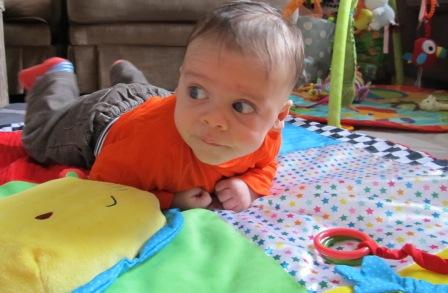
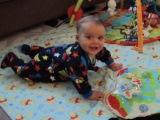


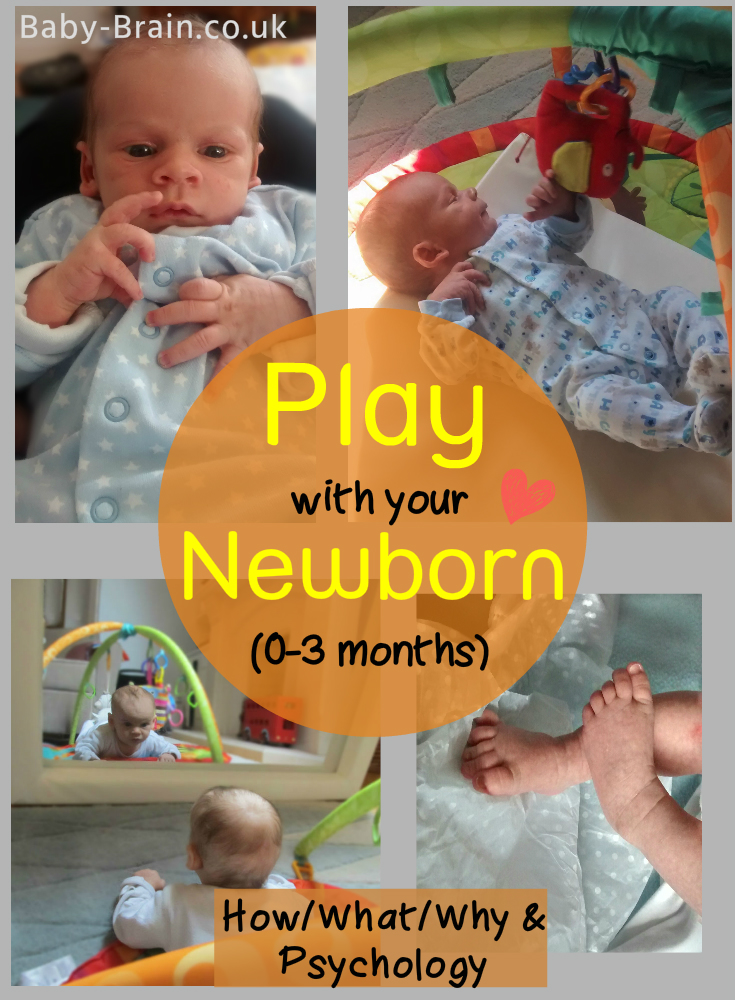
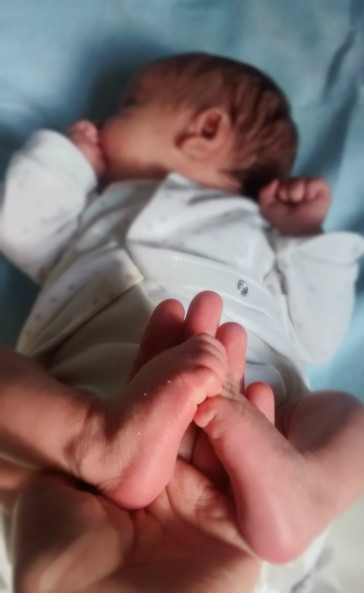
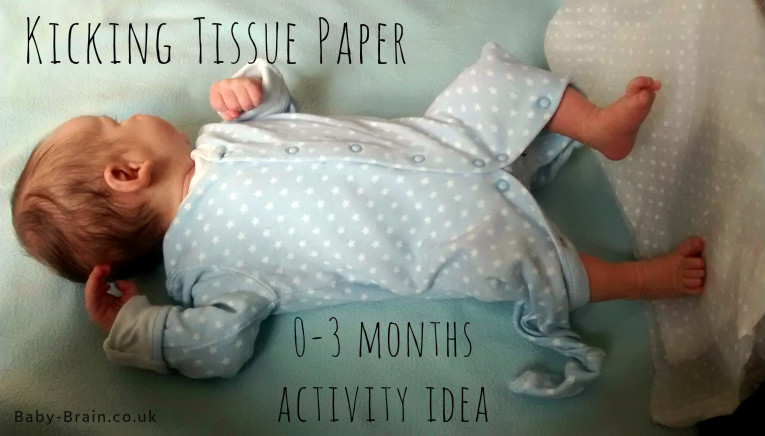
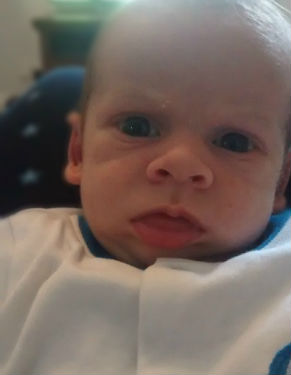

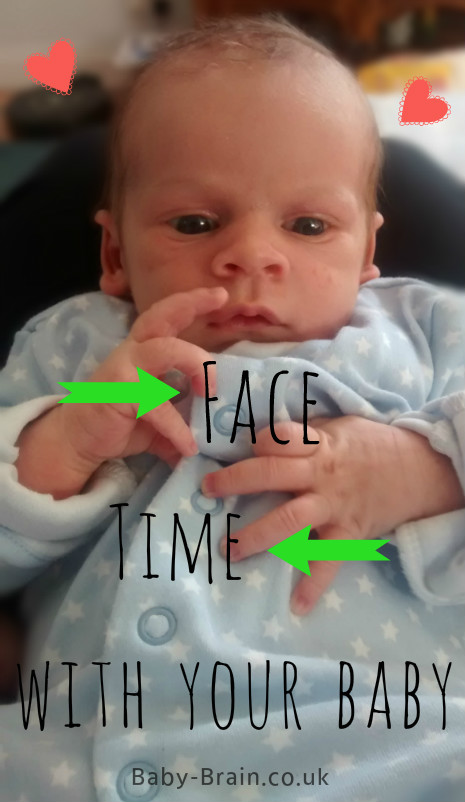
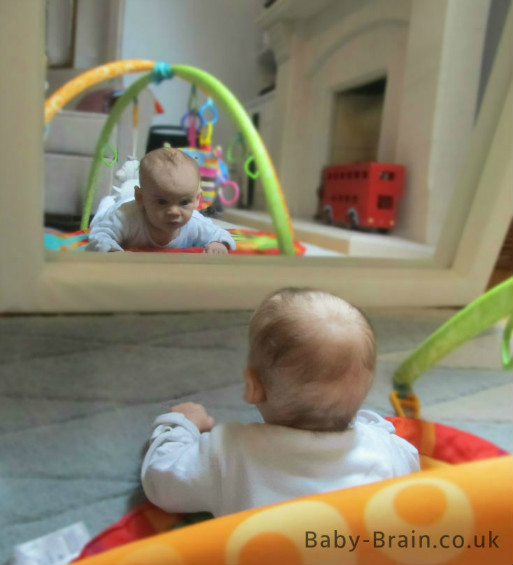
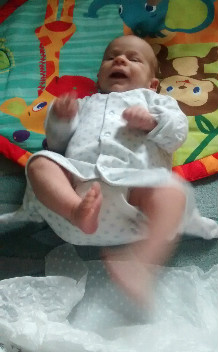


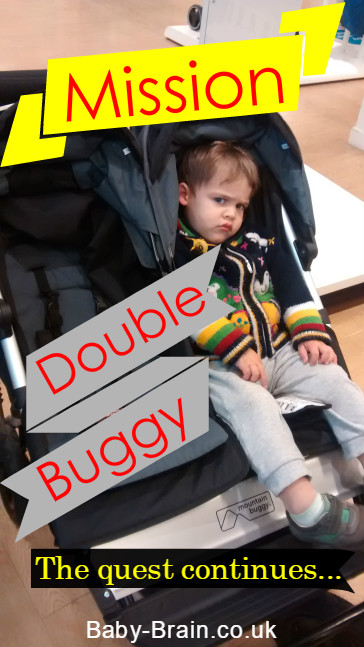
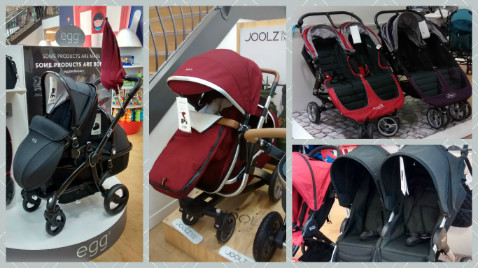
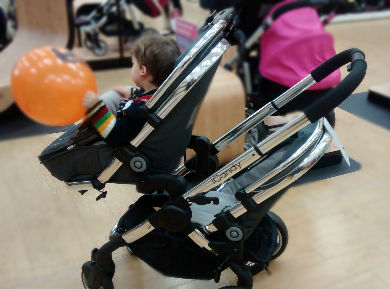

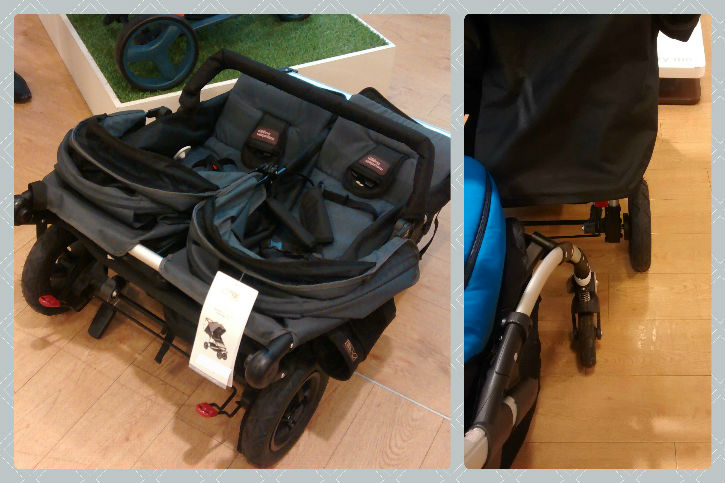
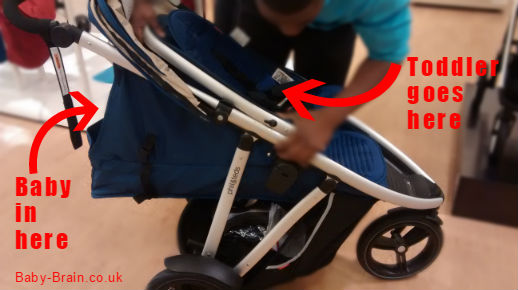

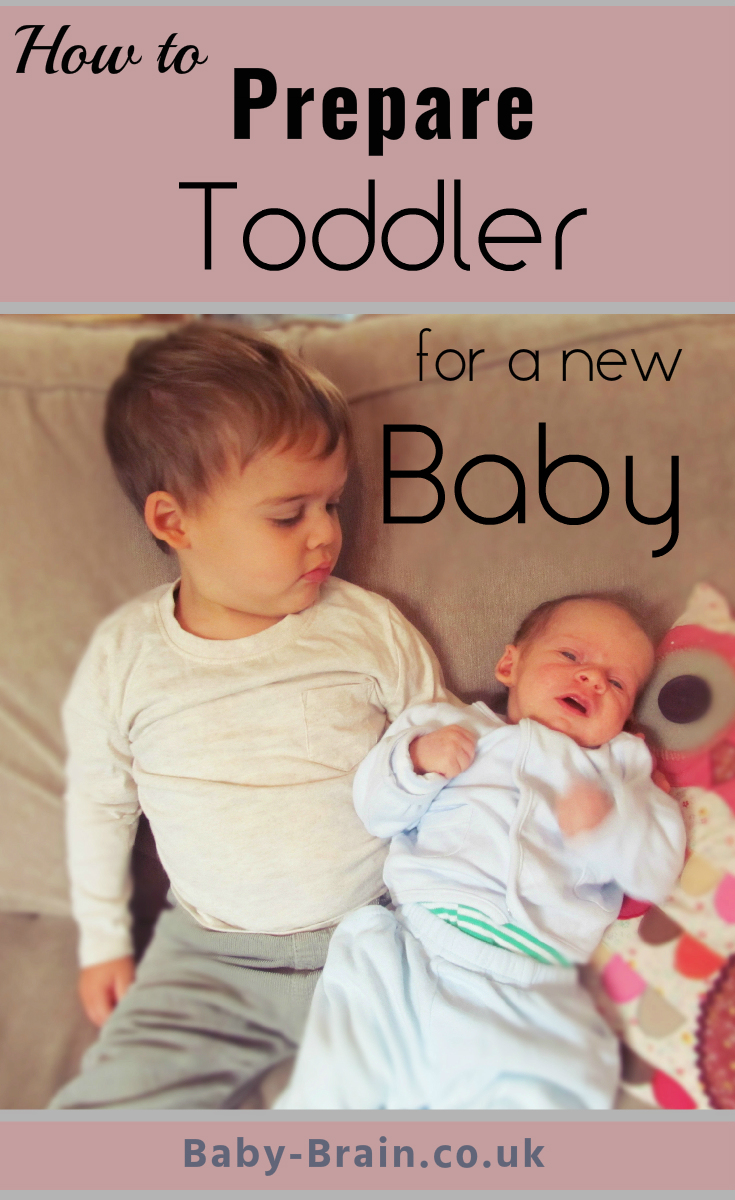
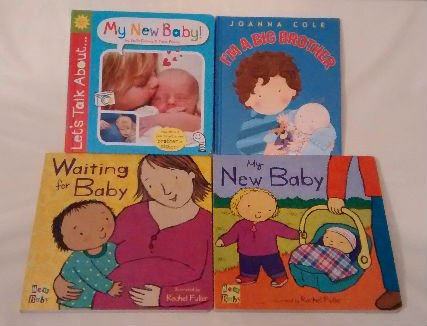
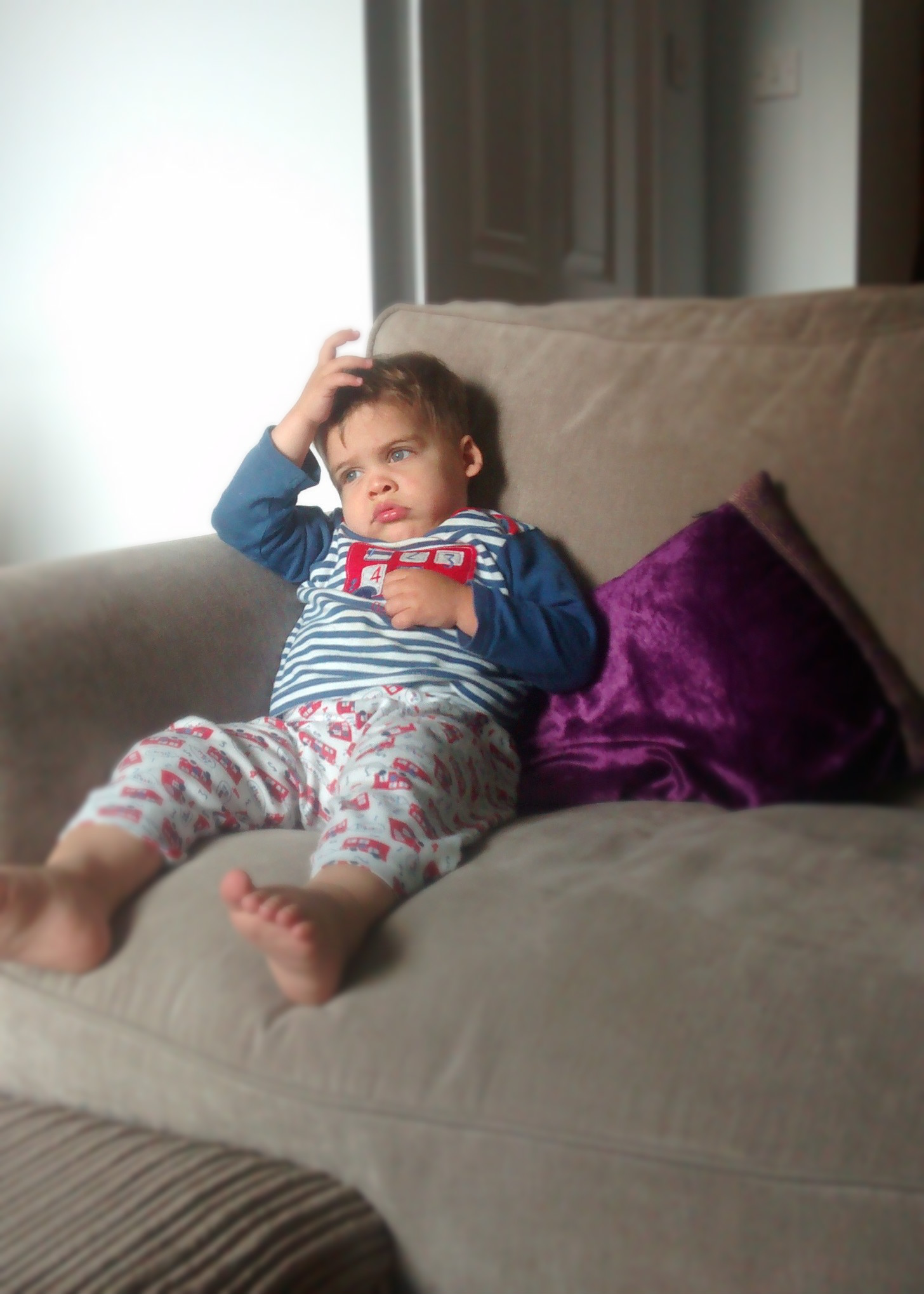

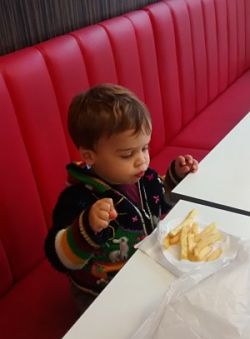

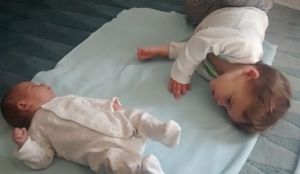
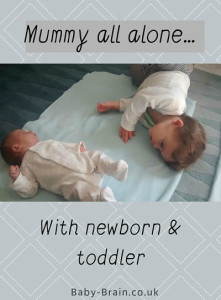
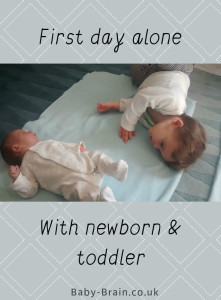 So my significant other went back to work today, meaning that I was all by myself looking after the newborn (less than 3 weeks old) and toddler (21 months).
So my significant other went back to work today, meaning that I was all by myself looking after the newborn (less than 3 weeks old) and toddler (21 months).